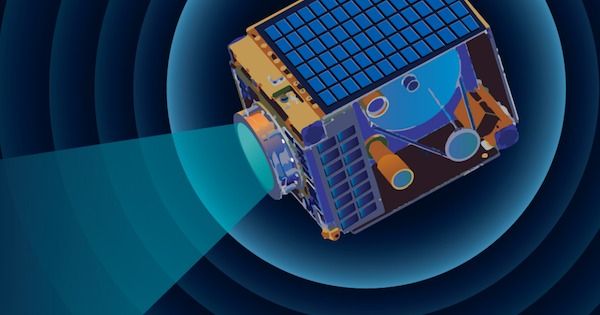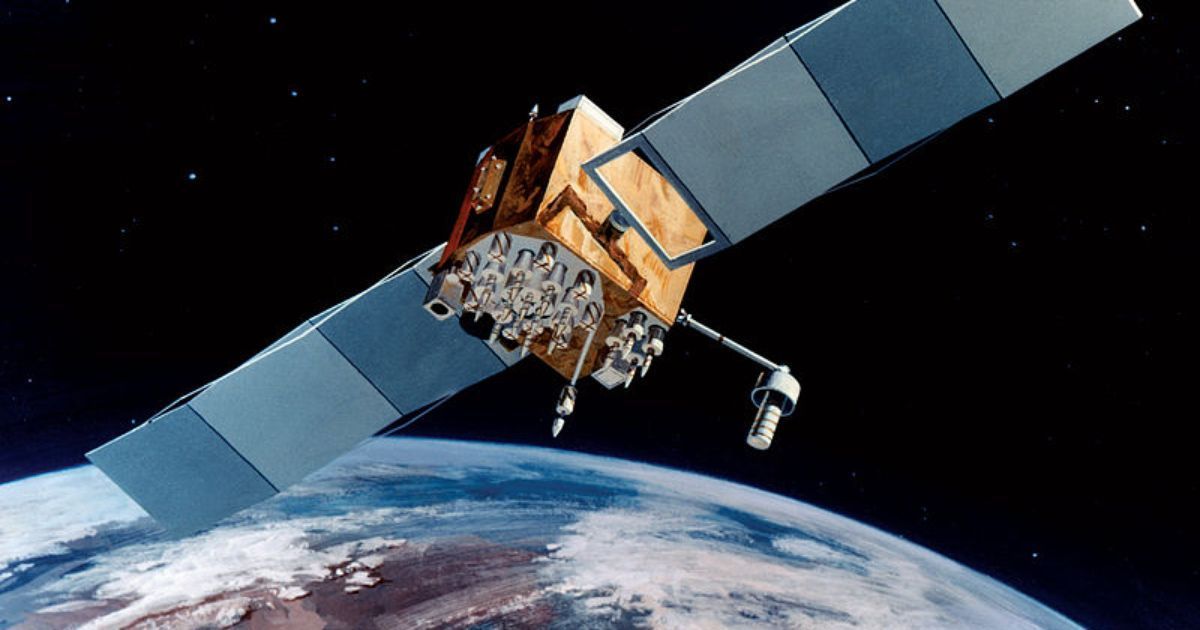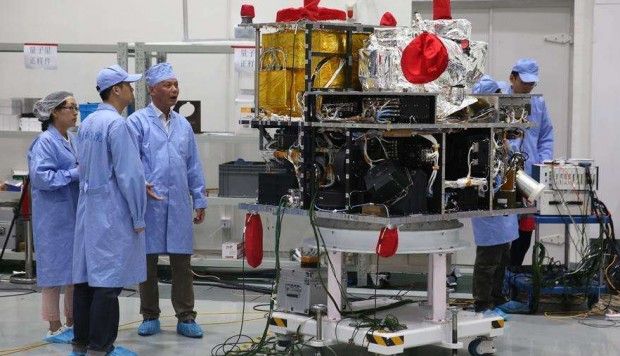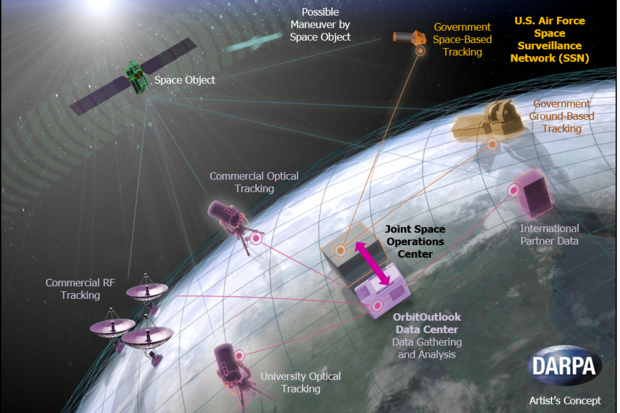3D printing satellites in outer space might sound like the stuff of sci-fi movies, but that’s exactly where the aerospace industry’s biggest players are heading.
More than just a cool gimmick, 3D printing could help save companies money when launching satellites into space by building parts of them there.
“If you think of challenges in getting a satellite into orbit, if you think of major antennas, the fold out antennas we have, the ability to print something in space and deploy it from space is really interesting,” Andy Anderson, deputy chief technology officer at Airbus, told CNBC in an interview at the Farnborough air show on Monday.







 The Defense Advanced Research Projects Agency has finished its work to integrate live data feeds from several sources into the U.S. Space Surveillance Network run by the Air Force in an effort to help space monitoring teams check when satellites are at risk.
The Defense Advanced Research Projects Agency has finished its work to integrate live data feeds from several sources into the U.S. Space Surveillance Network run by the Air Force in an effort to help space monitoring teams check when satellites are at risk.

